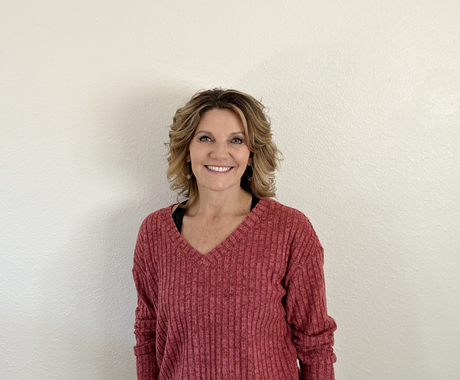By Sarah Smith, former staff member
We have exciting news for the 2016-2017 school year. Thanks to the Blooming Prairie Foundation, the Center for Rural Affairs will work one-on-one with four schools to develop and support a network of school greenhouses active in fruit and/or vegetable production.
The schools will receive expert guidance and initial start-up funds from the Center. Opportunities to network and creatively address best practices will continue through the school year.
I talked with Ag Instructor and FFA Advisor at East Butler Public Schools in Brainard, Neb., Shane Hennessy, about his experience embarking on greenhouse to cafeteria practices this past year.
Kids have a notion that school lunch typically comes out of a package. When they are involved in growing the food, they experience a sense of ownership once it reaches the cafeteria. Shane was most surprised by the bragging rights that went along with the lunch hour.
In the project’s first year, Shane learned that having a production plan in place will mean less shooting from the hip. The Center will support his planning efforts with continued technical assistance in the coming year. We’ll use some of the lessons that have been gained at East Butler for the upcoming schools involved in the 2016-2017 project.
What else has he learned? Shane knew he needed buy-in from his administrator and the kitchen staff. These conversations need to happen prior to designing the production plan. From there, he continued to experiment and work hard to keep conversations flowing. Successful programs work with each other’s limits, but also jump out of comfort zones.
Here in the Midwest, ag educators are often one-stop-shops for all things vocational and agricultural. The students typically have an agriculture background based on commodity production. Translating that into diverse greenhouse vegetable production is a challenge.
It takes creativity to manage pests, and a whole new understanding of nourishing the soil and the plants. In many ways, the students are starting from scratch in the learning process.
Shane’s top lessons learned include:
- Plan ahead with your food service manager for what can best be used in the school kitchen. Turn this into a production plan.
- Raised beds inside the greenhouse work! (Sweet corn grown in the raised bed with other vegetables doesn’t work so well!)
- Involve other school staff. This summer the school janitors will be maintaining plants in the greenhouse and feeding the fish in their aquaponics unit. Great use of resources!
Congrats to East Butler Public School on their successful start to a colorful and delicious program. Change starts here in the classroom for lifelong habits.





